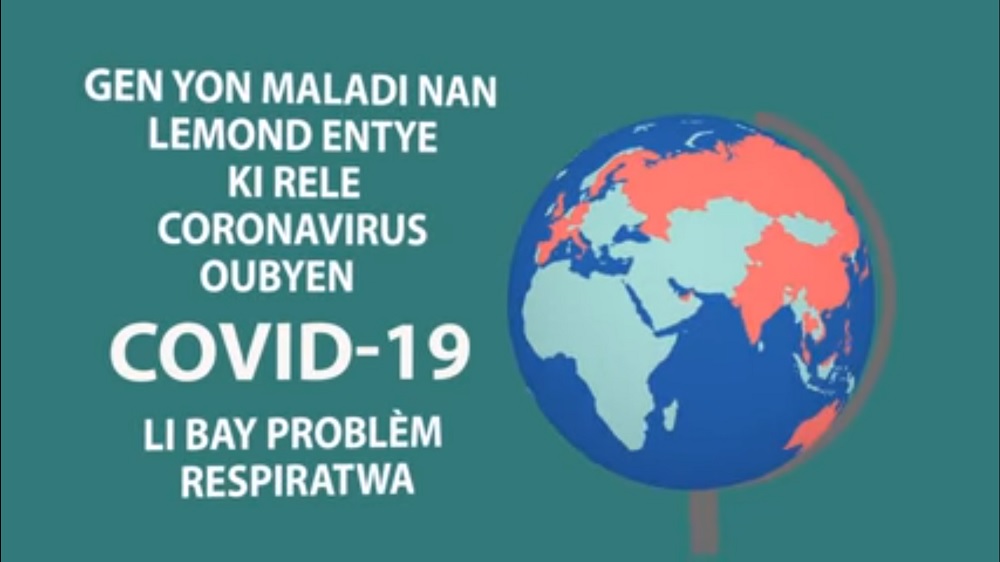Can the Guyanese diaspora fill labor shortages?
GEORGETOWN, 23 November 2022 — Guyana was recently reported to have the highest percentage of the diaspora in the world. However, with some international organizations projecting that the nation will face a labor shortfall as its workforce will not be able to keep up with its rapid economic boom, even tapping into the diaspora may not be enough to fill the need.
Caribbean Employment Services Inc., a market-leading digital talent acquisition service and online jobs board, has been closely monitoring such developments. It notes that the Guyanese government has launched a plan to ensure a wide number of residents are suitably trained to fill skilled labor shortages, and that a government representative has hinted at incorporating the diaspora into future labor plans. However, even if some members of the Guyanese diaspora returned home to fill job vacancies, the nation may still need to recruit significant manpower to fill projected gaps.
Guyana’s economy has remained uniquely positioned throughout the COVID-19 pandemic. While most Caribbean nations took a major hit due to tourism, Guyana’s economy boomed thanks to its oil and gas industry — which is expected to continue to skyrocket in the future. This, in turn, is expected to result in more direct and indirect jobs and economic growth. In fact, Guyana has been dubbed the “fastest-growing economy in the world”.
However, the IOM (International Organization for Migration) has estimated that Guyana will need at least 100,000 additional workers to keep up with the expected enormous economic growth, while the Migration Policy Institute (MPI) has pegged that number as high as 160,000.
According to United Nations data, reported recently by Forbes, Guyana tops the world’s list of the largest diaspora, with some 36.4 percent of its native-born population living abroad. Jamaica was not too far down the line, with 28.6 percent of that nation’s native-born population living abroad. Further, some residents believe these numbers are conservative and could be even higher. Based on this, Guyana could possibly have some 280,000 diaspora members to call on to fill labor gaps.
The potential figure is not so clear-cut, however. This figure does not break down the number of diasporas who are still of working age and actively a part of the labor force. Although that percentage is not given, even that would not include how many Guyanese entrepreneurs live abroad and run their own businesses, who may be less likely to give up their enterprises to return home. Additionally, it does not account for how many diasporas would be able to find comparable employment with comparable pay and benefits should they return to fill labor gaps.
Based on this, while the number seems promising to prevent a labor shortage at first glance, it is likely that Guyana will still need to recruit workers if the expected shortfall in the workforce indeed comes to fruition.











